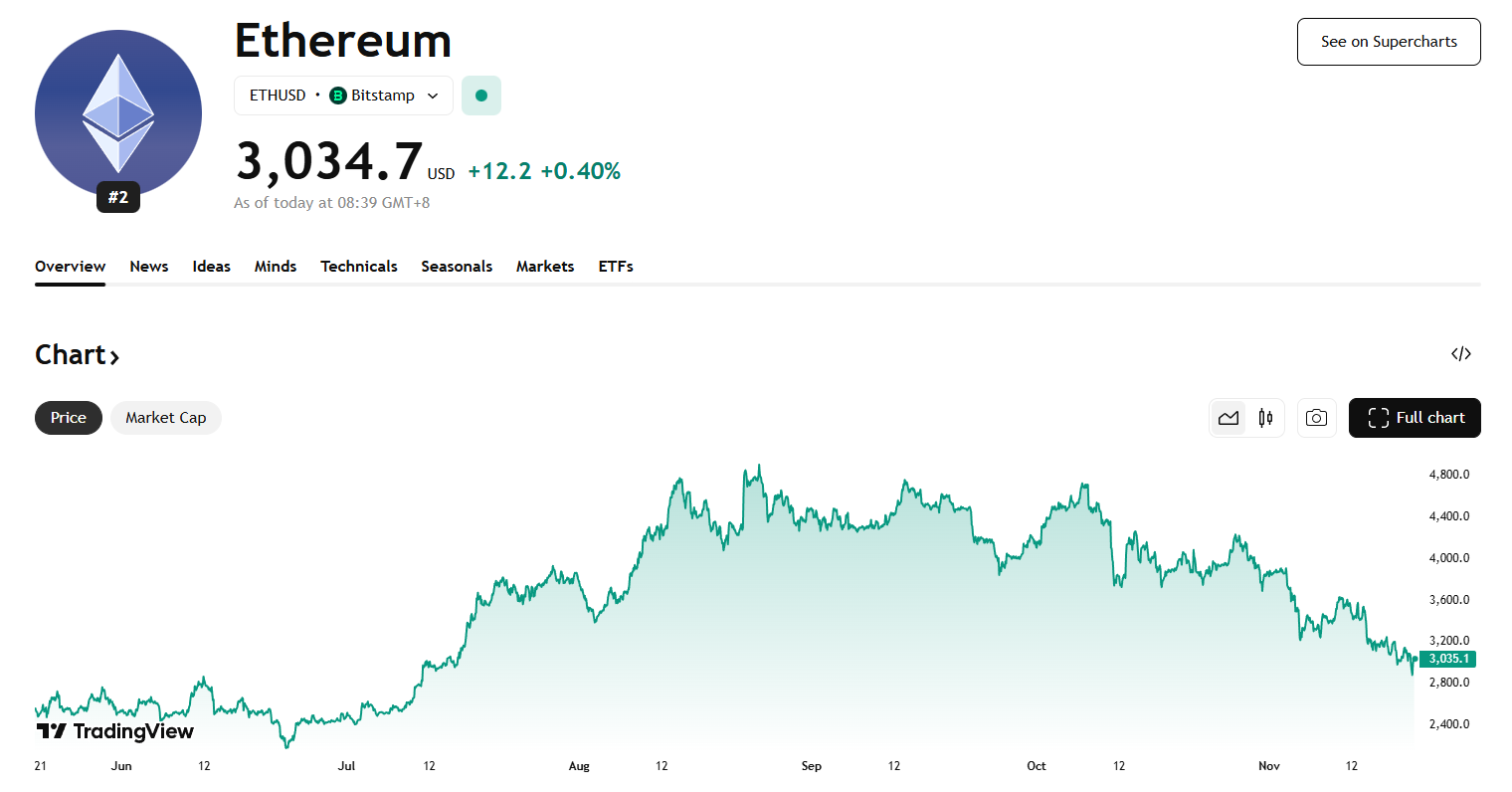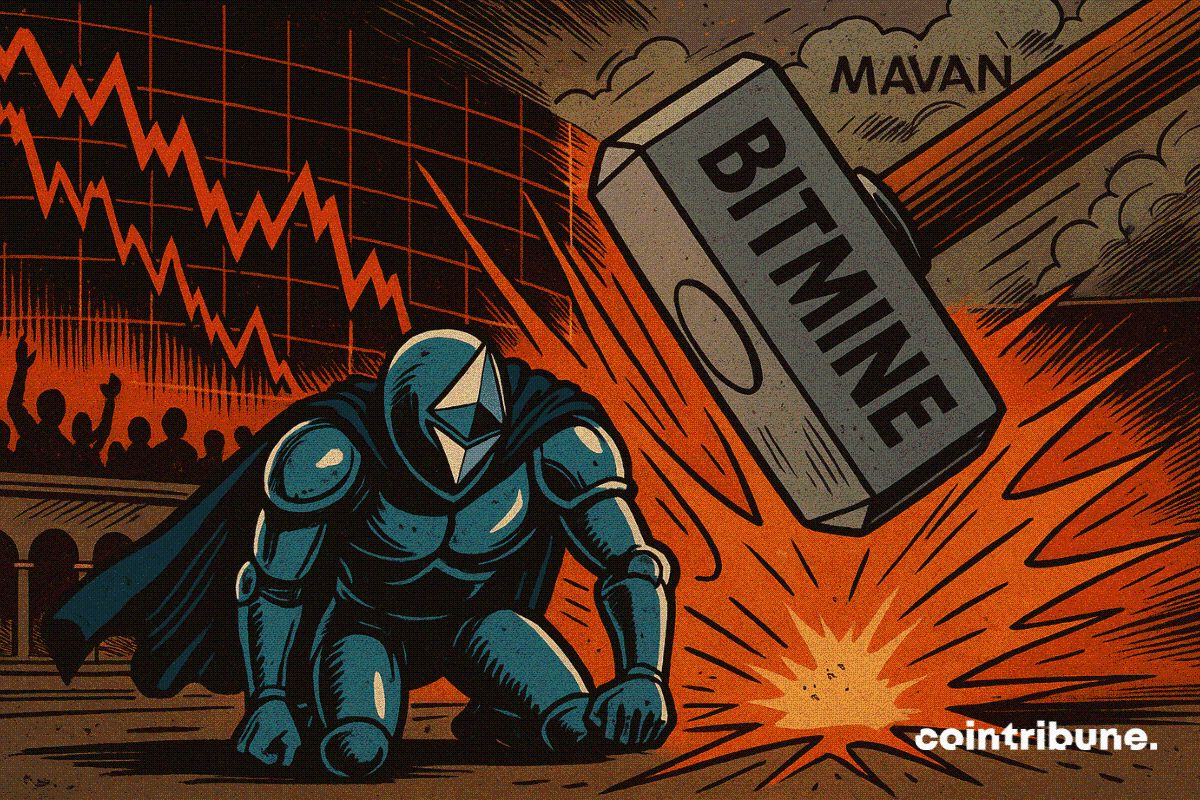BRC2.0 Brings Smart Contracts to Bitcoin’s Blockchain

- BRC2.0 brings EVM integration to Bitcoin, unlocking Ethereum-style smart contracts.
- The upgrade may redirect liquidity as Bitcoin enters direct competition with Ethereum.
- Developers gain full programmability, expanding Bitcoin-native DeFi potential.
Bitcoin’s evolution has entered a new chapter. The BRC-20 token standard has completed its long-awaited upgrade to BRC2.0. This milestone could shift Bitcoin from being only “digital gold” to a platform capable of supporting smart contracts and decentralized applications.
The upgrade was confirmed at Bitcoin block height 912,690. It adds Ethereum Virtual Machine (EVM) compatibility directly into the BRC-20 indexer. It is now possible to create Ethereum-style smart contracts on Bitcoin without bridges, wrapped tokens, or external execution layers.
How BRC2.0 Changes Bitcoin
BRC-20 was initially launched in early 2023 using the Ordinals protocol. It enabled fungible tokens on Bitcoin, but with limited programmability. So far, the majority of tokens have been used on meme coins and speculative trading without complex applications.
The BRC2.0 upgrade changes that by embedding the EVM into the protocol’s core logic. With this, Bitcoin tokens gain Turing-complete programmability. Developers can now deploy smart contracts similar to those on Ethereum while benefiting from Bitcoin’s security and liquidity.
Best in Slot, a major Ordinals infrastructure team, led the technical execution with BRC-20’s pseudonymous creator, Domo. The Layer 1 Foundation, which governs the protocol, supported the process.
Eril Binari Ezerel, CEO of Best in Slot, explained the shift. He said BRC-20 indexers functioned like calculators, but now act as full EVM systems. This move transforms how developers can interact with Bitcoin-native tokens.
Domo highlighted the vision behind the upgrade. He described it as combining Bitcoin’s decentralization and Ethereum’s proven virtual machine. The aim is to give users Ethereum’s composability while anchored to Bitcoin’s secure base layer.
The Stakes for Bitcoin and Ethereum
The completion of BRC2.0 places Bitcoin in direct competition with Ethereum in the development of decentralized applications. Bitcoin-native assets can now be utilized with the same functionality without leaving the Bitcoin network. This could shift liquidity flows. Bitcoin remains the largest cryptocurrency by market cap, with deep liquidity unmatched by other chains. If builders adopt BRC2.0, Bitcoin could become a serious settlement layer for DeFi and Web3 infrastructure.
The new functionality also expands the possibilities for utilizing Bitcoin-native assets. Analysts believe that DeFi protocols, decentralized exchanges, and new categories of applications will be introduced to Bitcoin. The upgrade eliminates obstacles that kept Bitcoin a mere token and a speculative asset.
Related: Bitcoin Drops Below $108K as Whale Shifts $3.8B to Ethereum
Adoption metrics already show strong demand for programmable Bitcoin layers. BRC-20 tokens have made over $3 billion in trades since launch, even though the project was launched without institutional support or venture capital. The volumes remained high into 2025, with more than 5,600 BTC exchanged in just six months.
BRC2.0 now joins other programmable Bitcoin standards like Alkanes, which introduced WASM-based contracts. However, EVM integration is seen as critical because it allows developers to use existing Ethereum tools and experience.
Ezerel noted that the lack of decentralized applications held back Bitcoin-native assets. With smart contracts now possible, the ecosystem might experience an influx of activity and interest from developers.
The upgrade is also likely to draw Ethereum developers who can now run familiar contracts on Bitcoin. The ability to utilize existing frameworks reduces entry barriers and could potentially accelerate adoption.
The post BRC2.0 Brings Smart Contracts to Bitcoin’s Blockchain appeared first on Cryptotale.
Disclaimer: The content of this article solely reflects the author's opinion and does not represent the platform in any capacity. This article is not intended to serve as a reference for making investment decisions.
You may also like
Hotcoin Research | Fusaka Upgrade Approaching: Analysis and Outlook on Ethereum Long and Short Positions
This article will review Ethereum's recent performance, provide an in-depth analysis of the current bullish and bearish factors facing Ethereum, and look ahead to its prospects and trends for the end of this year, next year, and the medium to long term. The aim is to help ordinary investors clarify uncertainties, grasp trends, and provide some reference to support more rational decision-making during key turning points.

Crypto Market Surges as Bitcoin Rebounds and Privacy Coins Shine
In Brief Bitcoin rebounded over the weekend, testing the $86,000 mark. Privacy-focused altcoins Monero and Zcash showed notable gains. Total market value surged, crossing the $3 trillion threshold again.

Crypto Markets Rebound as Traders Signal Seller Fatigue
In Brief Crypto markets rebounded amid significant liquidations and oversold RSI signals. Weekend trading conditions with thin liquidity influenced rapid price shifts. The rebound's sustainability remains uncertain, prompting scrutinous investor attention.

Cardano : Network security questioned after a major incident

